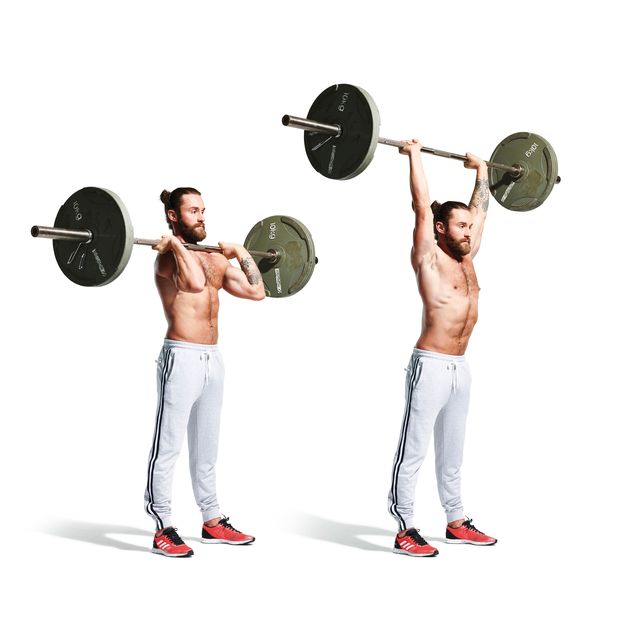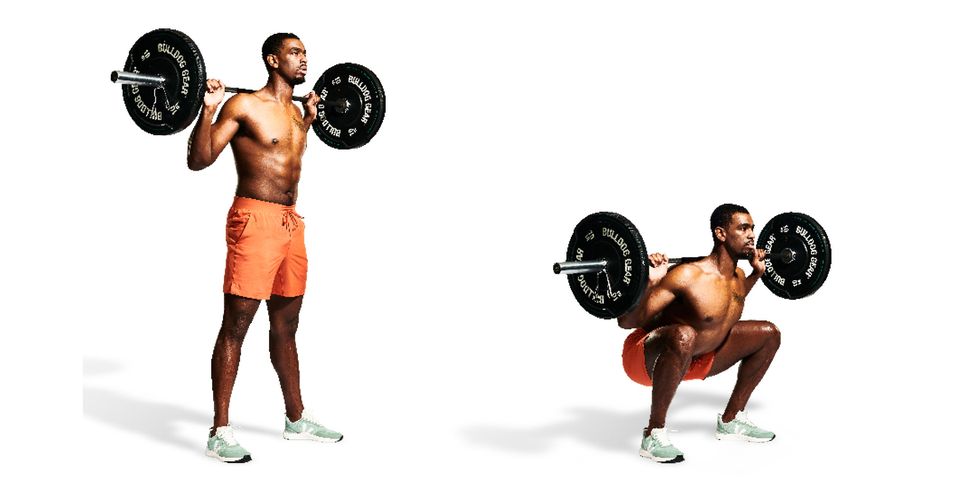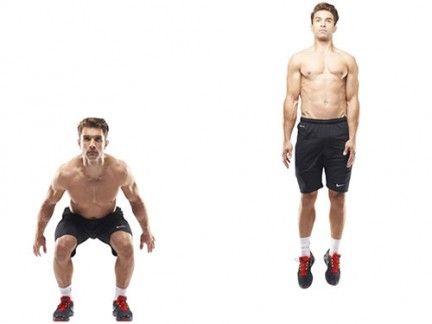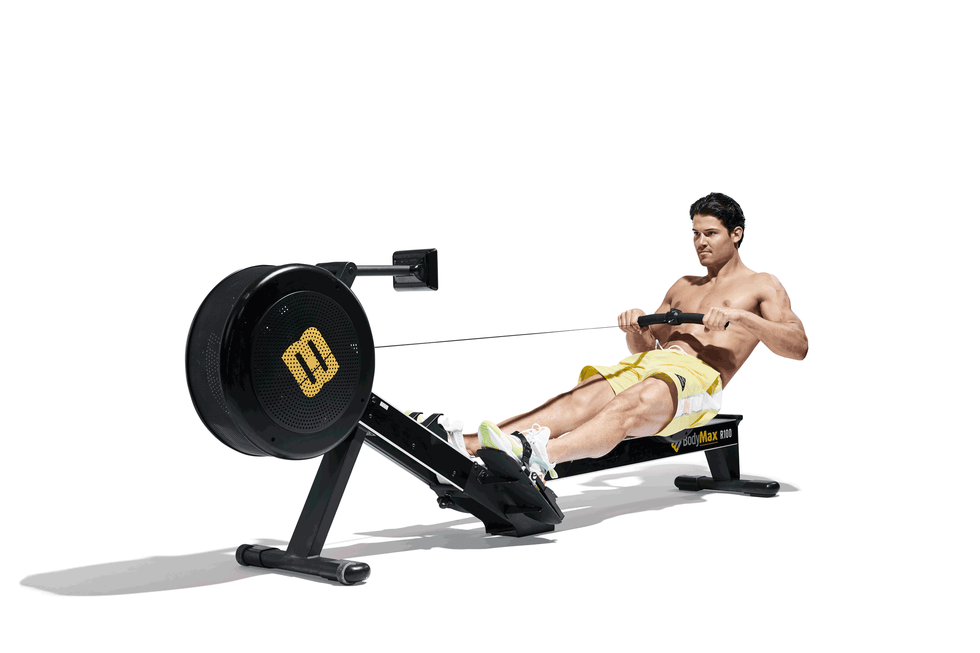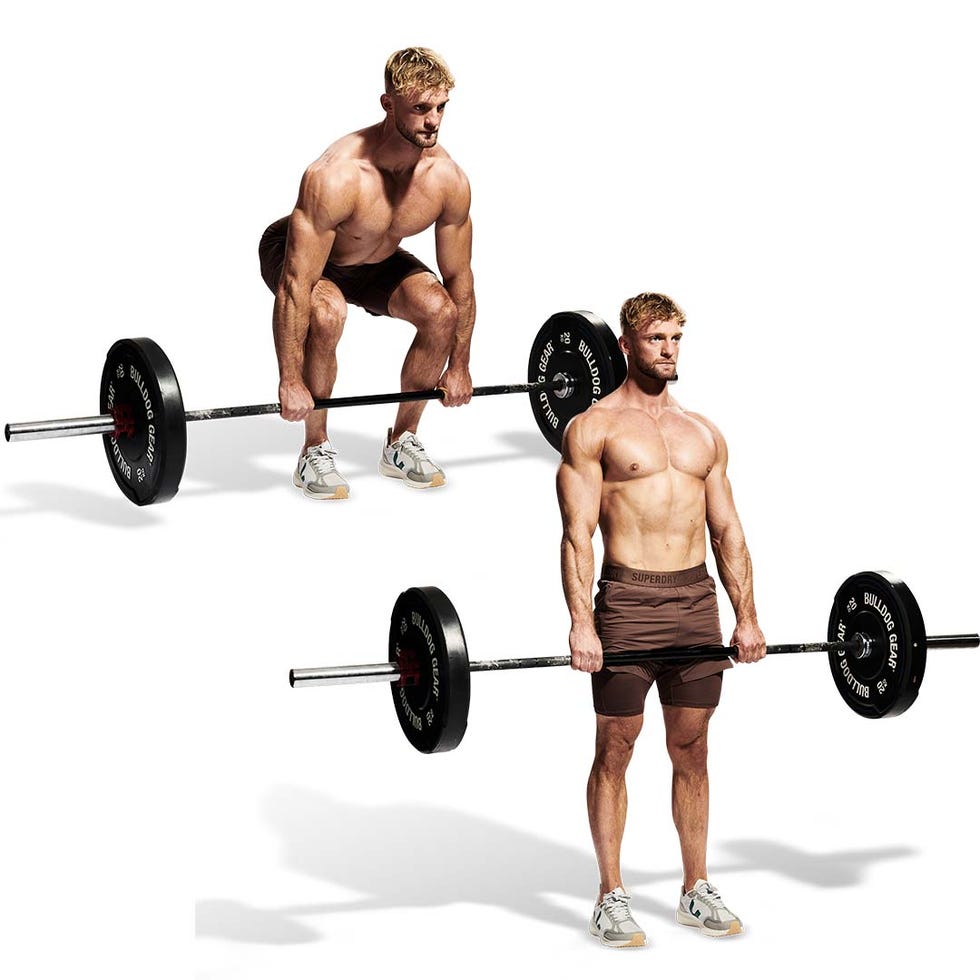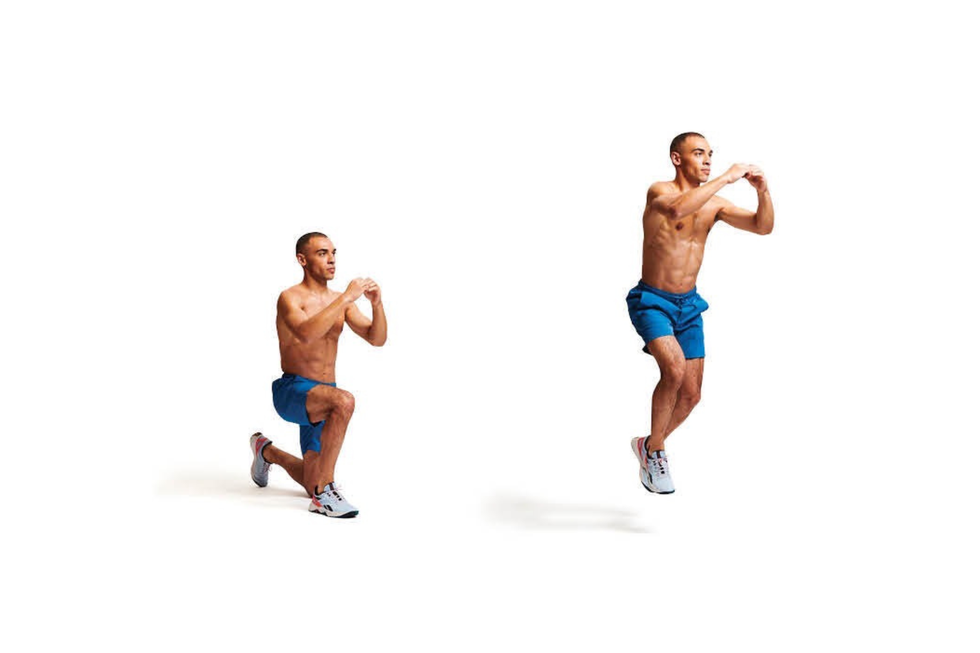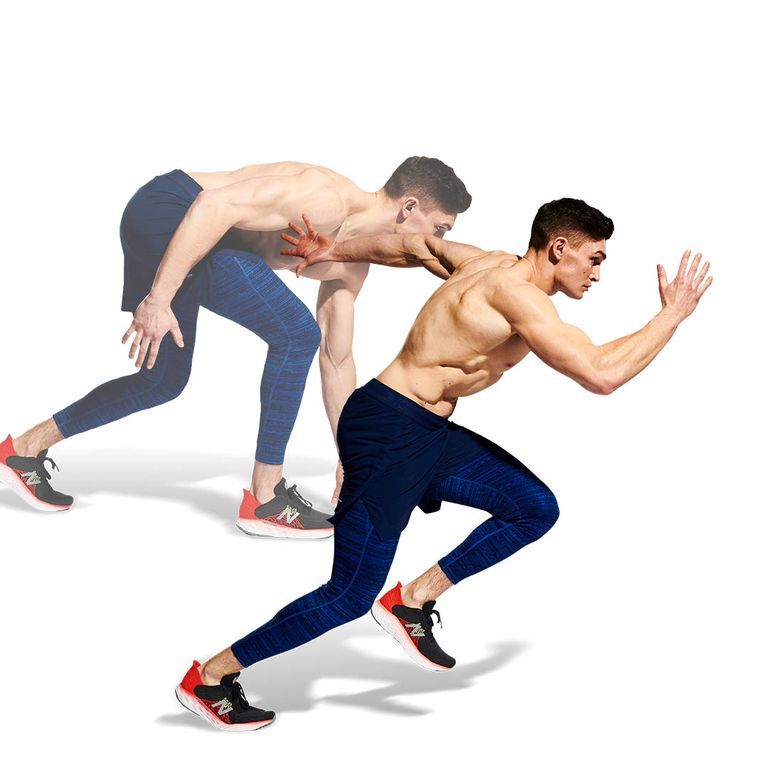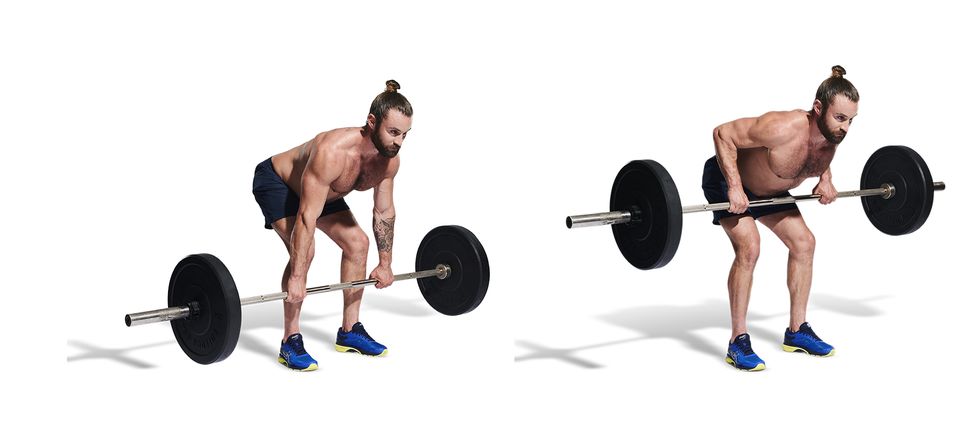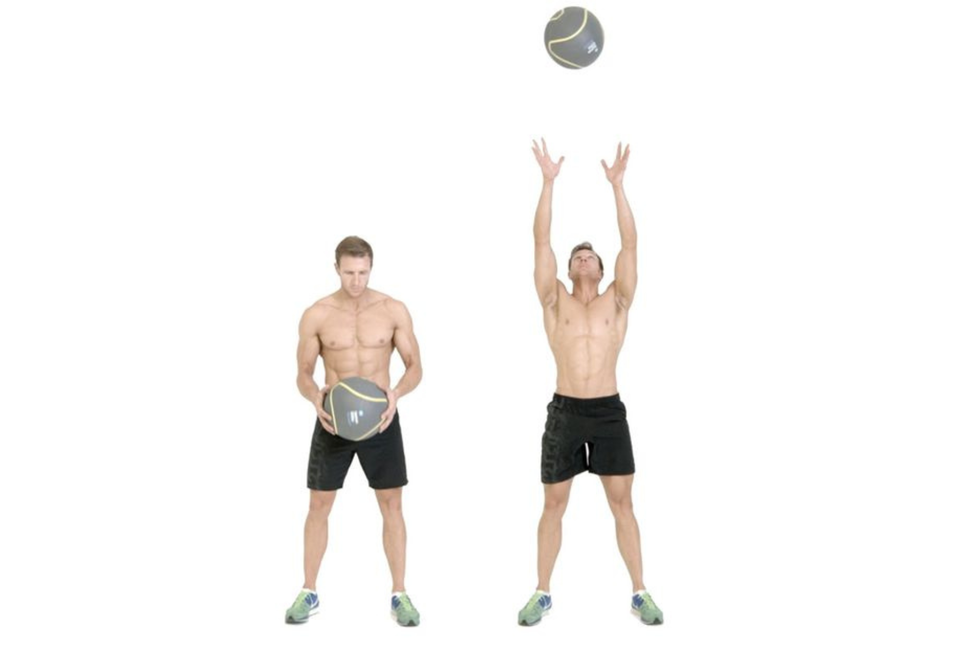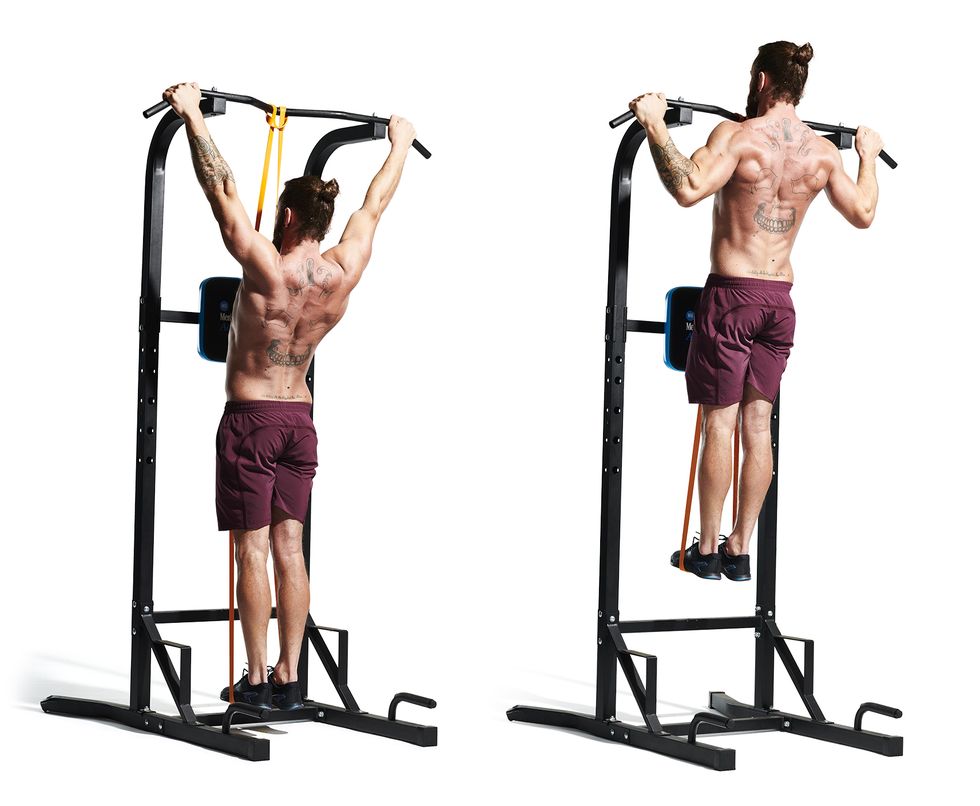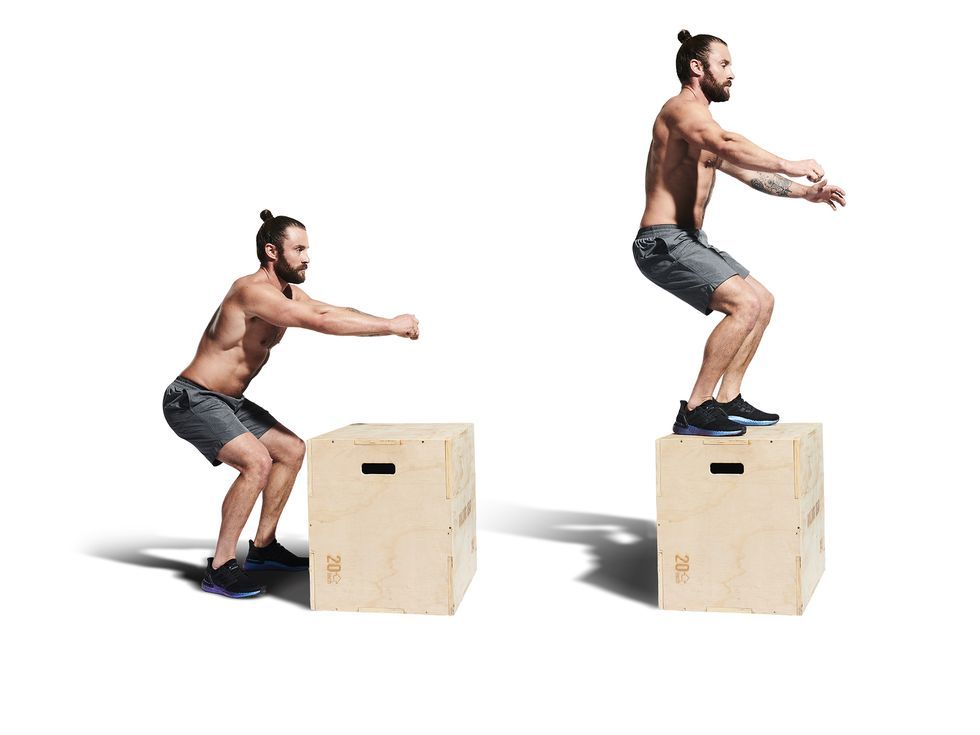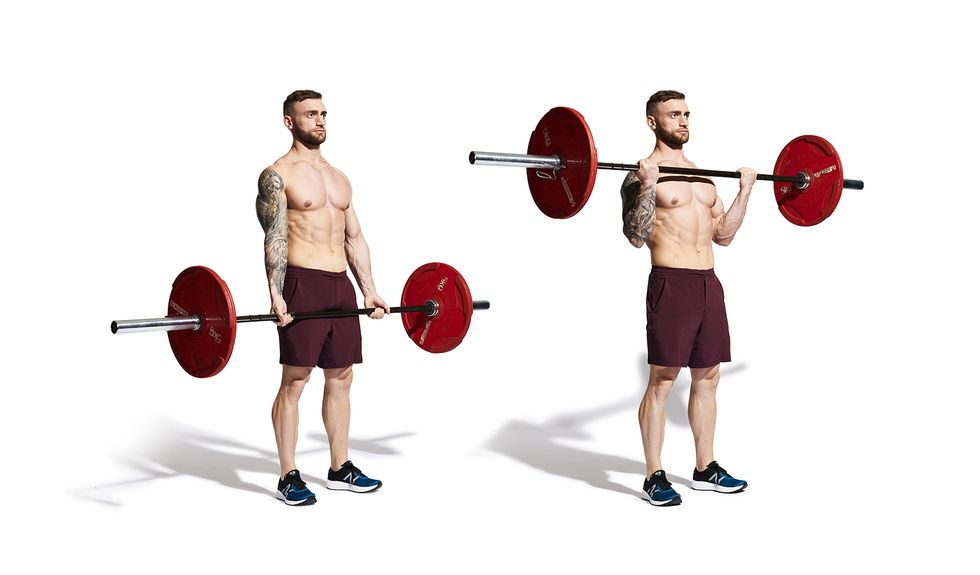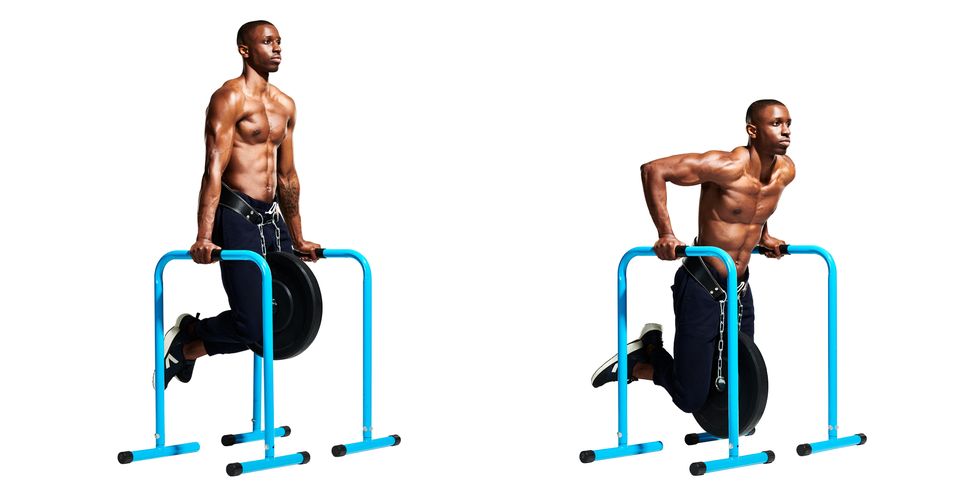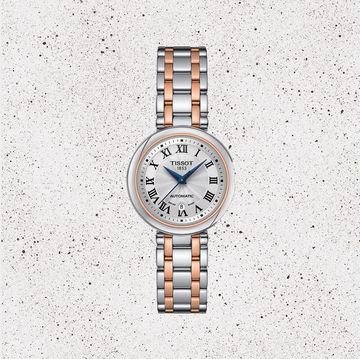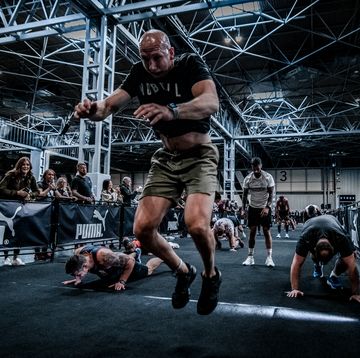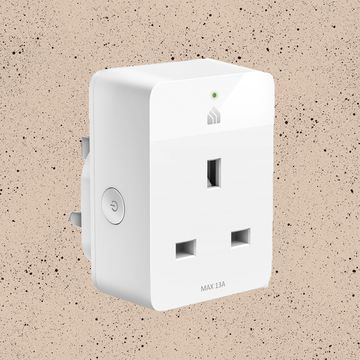Lost somewhere between the powerlifter’s proclivity for training raw strength, the bodybuilder’s penchant for chasing the pump, and the calisthenics athlete’s explosives high-rep bodyweight burners, is the trainee seeking the holiest of grails of training goals: strength, plus size, plus speed and most importantly power.
Can I Get Bigger, Stronger and Faster?
Whether you play sports such as rugby, football or hockey – those that depend on a powerful combination of athleticism, stamina and strength – or you’re just simply looking to build a well-rounded physique that’s equal parts go and show, power training is a surefire way to add muscle mass and build a body that moves explosively, lifts heavy and to be quite frank, looks as good as it perform.
Training to hit all of these goal simultaneously may seem like a monumental task, and if you were to try to be a pro powerlifter, enthusiastic bodybuilder and amateur track star all in the same week, it would be. Luckily for you there’s a method that can deliver you the best of all worlds in one neat package. And that method is called contrast training.
What Is Contrast Training?
Contrast training was developed by Soviet sports scientists in the 1960s and involves alternating between heavy resistance exercises and explosive or plyometric exercises. Initially utilised with brutal efficacy in sports such as weightlifting and track and field, this approach has gained popularity due to its solid track record for improving strength, power, and athletic performance.
Key benefits of contrast training
- Increased strength and power: By pairing heavy resistance exercises with explosive movements, contrast training recruits both the fast-twitch and slow-twitch muscle fibres, leading to enhanced strength and power development. This combination of exercises can result in greater force production and improved performance in activities requiring explosive movements, such as jumping, sprinting, and throwing.
- Enhanced neuromuscular coordination: Contrast training engages the nervous system to a greater extent, improving neuromuscular coordination and motor unit recruitment. This enhanced coordination can improve overall movement efficiency and proficiency in various athletic activities.
- Potentiation effect: The heavy resistance exercises in contrast training act as a potentiation stimulus, priming the muscles and nervous system to generate greater force during subsequent explosive movements. This phenomenon, known as post-activation potentiation, can temporarily enhance muscle performance and power output.
- Time efficiency: Contrast training allows for an efficient workout by combining strength and power exercises in a single session. This approach can save time while providing a comprehensive training stimulus for both strength development and power production.
- Variety and motivation: Contrast training adds variety to a training program, which can help prevent boredom and maintain motivation. The alternating nature of heavy resistance exercises and explosive movements keeps the workout engaging and challenging, stimulating both physical and mental aspects of training.
How Do I Perform a Contrast Training Workout?
The principles behind contrast training are pretty simple to master. You simply combine heavy strength exercises with explosive power exercises to take advantage of the post-activation potentiation (PAP) effect we mentioned above.
It wouldn’t be hyperbole to call PAP a strength and muscle building ‘hack’, as it literally optimises how much you’re able to lift, how far you’re able to jump and how much power you’re able to output. Stretch this effect out over an entire training session and you’ve got a serious workout on your hands. Stretch it out over an entire training programme, combined with a focussed nutrition and recovery plan, and you’ll have some serious gains on your hands.
How to Structure Your Own Contrast Training Session
- Warm-up: Begin with a dynamic warm-up routine that targets the muscles you'll be working during the workout.
- Heavy strength exercise: Choose a compound strength exercise such as barbell squats, deadlifts, or bench press. Perform 3-5 reps with a challenging weight, focussing on maximum effort and proper form.
- Explosive power exercise: 1-2 minutes after completing a set of your heavy strength exercise, move into an explosive power exercise that targets the same muscle groups or uses a similar movement patter. Examples include box jumps, kettlebell swings, medicine ball throws, or plyometric push-ups. Perform 6-10 reps, focusing on explosive movements and maximum height or acceleration. Rest for 2-3 minutes then move back into your heavy strength exercises. Perform 3-5 total sets.
- Recovery period: Take a short rest of 3-4 minutes after completing your initial pairing.
- Repeat the cycle: Repeat the cycle of a heavy strength exercise followed by an explosive power exercise, this time using a new pairing. Depending on how many contrast sessions you are able to fit into a week, you may split your body up into different muscle groups or movements, conversely you may attempt to hit your entire body in each session.
Top tip: Try to utilise no more than 3 pairings in each session. When done correctly, this style of training is aggressive and taxing, requiring a huge amount of recovery. Plus, many more sets than that and much of the ‘explosiveness’ in your explosive lifts may have begun to taper off…
Four Week Contrast Training Plan
Repeat the four workouts each week for 4-6 weeks, aiming to add weight to your heavy lifts, as well as height, speed and reps to their explosive pairings. Keep careful track of your performance in a training log to ensure you’re making progress, and ensure you’re fuelling your body adequately to both push through, and recover from, each session.
Day One
Warm-up thoroughly, build in weight for each movement then perform 4 sets of each pairing. Rest for 1-2 minutes between heavy lifts and explosive efforts, 2-3 minutes between sets, and 3-4 minutes between each new pairing. Make your heavy lifts HEAVY and your explosive lifts EXPLOSIVE.
A1. Barbell Military Press
x 3-5 reps
Stand with feet shoulder-width apart, gripping a barbell across the top of your shoulders (A). Take a deep breath, create tension throughout your entire body and push the bar above your head, pause here (B). Slowly lower your bar back to your shoulders and repeat. Avoid excessive arching in your lower back throughout.
A2. Med Ball Shoulders Only Wall Ball
Max reps to max height (6-10 reps)
Stand an arms length away from a wall, holding a medicine ball between 4-10kg on the top of your chest (A) using a slight dip in the knees, but with most of the power coming from your upper body, jump up and throw the ball as high up the wall as you can (B) catch the ball and immediately repeat. Once you can no longer get the ball within 2-3 feet of your initial throw, stop. Keep these explosive.
B1. Barbell Back squat
x 3-5 reps
With your feet at shoulder width, secure a barbell on your back, across the top of your shoulders, gripping it hard (A). Maintain an upright torso and push your hips back, bending your knees until the crease of your hips drops below your knees (B). Stand back up explosively, take a breath and repeat.
B2. Jump Squats
Max reps to max height (6-10 reps)
Lean slightly forward as you squat down (A), before using your arms to assist as you explode up, jumping as high as you can (B). Cushion your landing with bent legs, then sink immediately back into another squat and repeat. Aim for the maximum possible height you can achieve on each and every rep, once the power starts to diminish, stop. If you can set a target by slapping a piece of tape on a wall or rack with your first jump, do it.
C1. Rowing Machine Sprints:
20 seconds work/ 40 seconds rest x 8
Push hard away from the flywheel with your legs (A). Keep your arms straight until your legs are extended, then lean back slightly and pull the handle into your torso to finish each stroke (B). Reverse the movement exactly; arms, hips, knees. Repeat. Go out hot and hard. Make a note of your distance for each 20 second sprint.
Day Two
Warm-up thoroughly, build in weight for each movement then perform 4 sets of each pairing. Rest for 1-2 minutes between heavy lifts and explosive efforts, 2-3 minutes between sets, and 3-4 minutes between each new pairing. Make your heavy lifts HEAVY and your explosive lifts EXPLOSIVE.
A1. Dumbbell Bench Press
x 3-5
Lay flat on a bench, your knees bent, pushing your feet into the floor. Press a pair of dumbbells into the air, locking out your elbows (A). Lower the bells slowly until they touch your chest (B), keeping your elbows at 45 degree angle, pause here before explosively pressing back up. Repeat.
A2. Plyometric Press-up
Max reps to max height (6-10 reps)
Drop into a solid plank position, with your core tight and hands stacked below below your shoulders (A), bend your elbows to bring your chest to the floor (B). Pause on the floor before explosively pressing yourself up and into the air. Clap your hands together or touch your chest for accountability, but aim for maximum height from the floor on each press.
B1. Deadlift
x 3-5
Feet shoulder width apart, hinge down and grip your barbell with a flat back, getting your hips low (A). Take a deep breath, create tension throughout your entire body and push the ground away with your feet, avoiding your hips shooting up too early and standing upright. (B). Your arms should be hanging straight throughout this movement, you don’t want to ‘pull’ on the bar, think of them as ‘hooks’. Avoid excessive rounding of the lower back throughout.
B2. Split Squat Jump
Max reps to max height (10-12 reps)
Step one foot backward and sink into a deep lunge, with your rear knee lightly touching the floor (A). Explode upward, switching legs mid-air (B) to land in a lunge position with the opposite leg forward. Repeat the movement, alternating legs each rep. Keep this high, fast and explosive.
C1. Running Sprints
50m max effort x 8
Hit the fastest pace possible, lifting your knees high (A), before driving them downwards and pushing the ground away (B). Use a pumping motion from your arms to assist in achieving an all out velocity. Run up a steep hill or incline if you can. Rest 1-2 minutes between each sprint.
Day Three
Warm-up thoroughly, build in weight for each movement then perform 4 sets of each pairing. Rest for 1-2 minutes between heavy lifts and explosive efforts, 2-3 minutes between sets, and 3-4 minutes between each new pairing. Make your heavy lifts HEAVY and your explosive lifts EXPLOSIVE.
A1. Barbell Forward lunge
x 6-10 (total)
Secure a barbell on your back, across the top of your shoulders, gripping it hard. Stand tall (A) and take a step forward with one leg, bending at the knee until the back knee gently touches the ground (B). Stand up explosively, pause and repeat with the opposite leg. Alternate legs each rep.
A2. Jump Squats
Max reps to max height (6-10 reps)
Lean slightly forward as you squat down (A), before using your arms to assist as you explode up, jumping as high as you can (B). Cushion your landing with bent legs, then sink immediately back into another squat and repeat. Aim for the maximum possible height you can achieve on each and every rep, once the power starts to diminish, stop. If you can set a target by slapping a piece of tape on a wall or rack with your first jump, do it.
B1. Barbell Pendlay Row
x 3-5
With feet slightly wider than shoulder width hinge at the hips to grip a barbell with an overhand grip (A). Keeping your torso parallel to the ground, row the bar up and into your hips (B), squeeze your shoulder blades together and lower under control to the start before repeating. Control the bar and avoid moving your torso.
B2. Underhand Wall Balls
Max reps to max height (6-10 reps)
Stand 1-2m away from a wall, holding a medicine ball between 4-10kg at waist height with an underhand grip. (A) Assume a wide stance and hinge forward slightly letting the ball lower between your legs, keeping a slight bend in your arms throw the ball up as high as possible (B) catch the ball and immediately repeat. Once you can no longer get the ball within 2-3 feet of your initial throw, stop. Keep these explosive.
C1. Rowing Machine Sprints
20 seconds work/ 40 seconds rest x 8
Push hard away from the flywheel with your legs (A). Keep your arms straight until your legs are extended, then lean back slightly and pull the handle into your torso to finish each stroke (B). Reverse the movement exactly; arms, hips, knees. Repeat. Go out hot and hard. Make a note of your distance for each 20 second sprint. Aim to beat your distances from Monday (or previous sessions)
Day Four
Warm-up thoroughly, build in weight for each movement then perform 4 sets of each pairing. Rest for 1-2 minutes between heavy lifts and explosive efforts, 2-3 minutes between sets, and 3-4 minutes between each new pairing. Make your heavy lifts HEAVY and your explosive lifts EXPLOSIVE.
A1. Weighted Pull-up
x 3-5
Strap a weight plate or dumbbell to yourself, grab a pull-up bar with an overhand or neutral grip.. Lift your feet from the ground and hang freely (A). Pull yourself up by flexing your elbows and pulling your shoulder blades down and back. Think of bringing driving your elbows down into your pockets. When your chin passes the bar, pause (B) before lowering slowly to the starting position. Try to avoid excessive swinging.
A2. Band Assisted Chest-to-Bar Pull-Ups
Max reps to max height (6-10 reps)
Get back on your bar, this time stepping into a resistance band for support (A). Use the band to help you explosively accelerate as fast as possible, aiming to get as high above the bar as you can on each rep (B) before controlling yourself back down. Once the height starts to drop off, stop.
B1. Box Step-Up
x 6-10 (total)
Stand in front of a box, with your feet hip-width apart, heavy dumbbells at your sides (A). Step one foot up on top and drive your foot into the box. Lean forward slightly to keep your balance, but keep your torso upright (B). Once at the top, stand up fully by extending your knees and hips. Slowly step backward off the box and repeat with the opposite leg.
B2. Box Jump
Max reps to max height (6-10 reps)
Drop your dumbbells and stand with your feet hip-width apart in front of your box (A). Explosively jump on top, landing with both feet as softly as possible, bending your knees slightly to absorb the impact (B). Once at the top, stand up fully by extending your knees and hips. Step backward off the box, one foot at a time and repeat. Use the highest box you can safely nail 6-10 reps on. Aim high.
C1. Barbell Curl
x 8-12
These are neither heavy nor explosive, but work hard and stretch those sleeves regardless. Stand tall with a barbell hanging at your waist, hands shoulder width apart, thumbs facing away from each other (A). Keep your torso still and upper arms pinned to your sides as you curl the bar upwards towards your chin (B). Squeeze here and slowly lower the bar under control until your arms are straight. Repeat.
C2. Parallel bar dip
x 8-12
It’s been a long week. You’ve worked hard, you deserve a pump. Jump up on two parallel bars your palms facing inward and your arms locked out straight (A). Lean forward and bend at the elbows, slowly lowering your body until you feel a deep stretch in your chest (B). Pause here before driving yourself back up to the top explosively.

